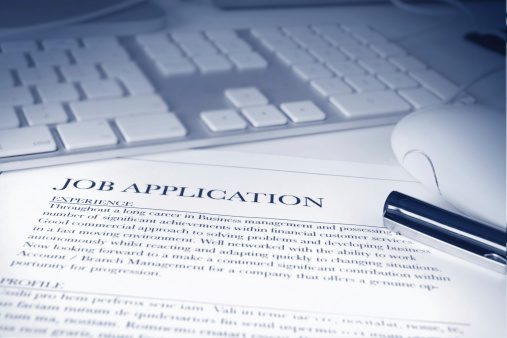
Approximately a year ago, I assisted a friend’s husband with revamping his resume.
Within two weeks, he secured an interview, and in just a month, he landed a part-time position as a mechanic.
This was a significant achievement, especially since he had been searching for a job for over 18 months.
The key to this success was transforming his ineffective, poorly written paper-only resume into a polished, digital-ready version that he could easily email and use for online applications.
The Transition to Digital Resumes
In today’s digitally driven world, having a digital-ready resume is not just an advantage—it’s essential.
Job seekers need to understand that traditional paper resumes are becoming obsolete.
With everyone texting, tweeting, emailing, and practically living online, your resume must be optimized for digital platforms.
Here are some critical tips to ensure your resume is appropriate for all online mediums and document search systems:
1. Simplicity Over Creativity
When it comes to digital resumes, simplicity is key, so avoid using clip art, photos, logos, or other graphics.
These elements can transform into strange-looking characters and distort the resume content, making it difficult for HR specialists and hiring managers to read.
Keep the resume design clean and straightforward to ensure readability.
2. Avoid Headers and Footers
Headers and footers can disappear when you create a text document.
Therefore, avoid using them to place your name and contact information.
Instead, ensure that this critical information is prominently displayed at the top of the document to prevent any chance of missing interview opportunities.
3. Steer Clear of Templates
While pre-formatted templates for your digital resume may seem convenient, they often cause more problems than they solve.
Most templates use tables and columns that electronic systems struggle to read.
It’s better to create a custom resume that avoids these pitfalls and is easily scannable by applicant tracking systems (ATS).
4. Keep Font Size Readable
Your resume should be easy to read for both humans and machines.
Use a minimum font size of 10-point and stick with sans-serif fonts like Arial, Times Roman, Courier New, Calibri, Century Gothic, and Book Antiqua.
These fonts are clear and professional, ensuring your resume looks polished and accessible.
5. Use Standard Section Titles
When it comes to section titles, stick to the basics.
Titles like “Education,” “Professional Experience,” “Certifications,” and “Training” are standard and easily recognized by ATS.
Avoid creative titles like “Personal Growth” as they might confuse the system and cause your resume to be overlooked.
6. Separate Job Descriptions
Provide separate job descriptions and achievements for each position you’ve held, unless the responsibilities remained unchanged over the years.
This approach ensures that each role gets proper credit and the associated keywords and related content are accurately recognized by scanning systems.
Leveraging Keywords and Phrases
Pay attention to the keywords and key phrases relevant to your industry and desired role.
These keywords are what ATS look for when scanning resumes; ensure that your resume includes these terms to improve your chances of being noticed.
For example, instead of using creative titles, stick with industry-standard terminology to ensure your resume is accurately parsed and not inadvertently overlooked.
The Impact of a Digital-Ready Resume
Converting to a digital-ready resume has tangible benefits.
Your digital ready resume enhances your prospects by making your resume accessible and scannable by modern hiring systems.
This shift can significantly improve your chances of landing interviews and securing positions more quickly, as illustrated by the success of the friend’s husband I assisted.
Conclusion
The job market is more competitive than ever, and having a digital-ready resume is crucial.
By simplifying your resume design, avoiding complex templates, using readable fonts, and incorporating relevant keywords, you can create a resume that stands out to both human recruiters and electronic systems.
Take the time to optimize your resume for the digital age, and you’ll find that it becomes a powerful tool in your job search arsenal.
What Has Been Your Experience with Digital Resumes?
What has been your experience with resume and employment application systems in finding a fit for your target positions?
Have you faced any challenges with digital resumes, or do you have additional tips to share?



